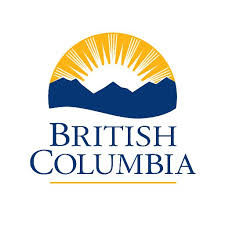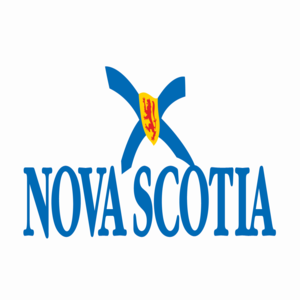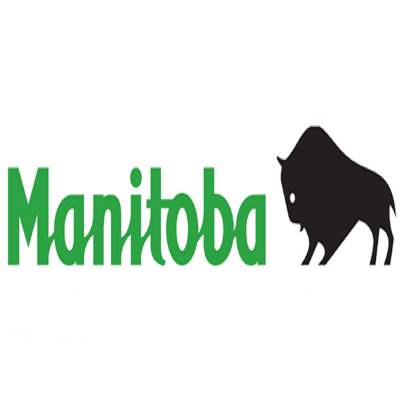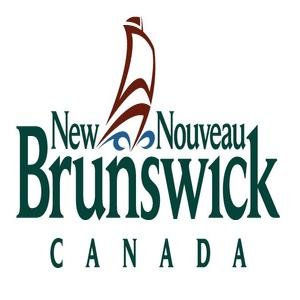health
Type of resources
Available actions
Topics
Keywords
Contact for the resource
Provided by
Years
Formats
Representation types
Update frequencies
status
Scale
Resolution
-

Food Banks is a point dataset identifying food banks in British Columbia.
-

[ARCHIVED] The “Nova Scotia Counties with Senior Safety Programs” dataset is no longer being updated. Please refer to https://ns.211.ca/ to learn more about seniors’ safety programs. List of counties across Nova Scotia with Senior Safety Programs
-

Interactive app illustrates the locations of licensed personal care home facilities in Manitoba. This interactive app shows the locations of licensed personal care home facilities in Manitoba and provides public access to reports completed by the Licensing and Compliance Branch of Manitoba Health, Seniors and Active Living for personal care home standards reviews. Each report identifies the standards and performance measures evaluated during the course of each review as well as a summary of findings including any areas of non-compliance requiring follow-up by the PCH. Information contained in the reports is reflective of what was observed or assessed on the day of the review only. Licensed personal care home operators are directly responsible to the regional health authority under whose jurisdiction they operate and questions regarding the current status of any concerns identified in standards review reports should be directed to either the personal care home or their regional health authority. This app utilizes the Manitoba Personal Care Home Reporting Map.
-

Table containing URL links to summary review reports on licensed personal care homes in Manitoba. This table contains URL links to reports on personal care home reviews completed by the Licensing and Compliance Branch of Manitoba Health, Seniors and Active Living. All licensed personal care home facilities in Manitoba are required to comply with minimum standards of care as set out in the Personal Care Home Standards Regulation under the Health Services Insurance Act. The branch monitors compliance through regular review processes. Operators of facilities are required to take the necessary steps to address concerns identified in the course of reviews within specified time lines and must provide status updates until concerns have been addressed. Licences are reviewed and renewed annually and review findings are used to inform decision-making. The table includes the following fields (Alias (Name): Description) Regional Health Authority (Regional_Health_Authority): The name of the Regional Health Authority in which the facility is located. Community (Community): The name of the community in which the facility is located. Facility (Facility): The name of the licensed personal care home. Facility Key (Facility_Key): Primary key used to link this table with the feature point layer Licensed Personal Care Homes. Review Date (Review_Date): The date the review was conducted. Review Type (Review_Type): The type of review conducted. Possible values are Regular Standards, Unannounced, Modified, Pre-Opening, or Other. Summary Link (Summary_Link): The URL link to the report. This table forms part of the data for the Manitoba Personal Care Home Reporting app.
-

Feature point layer of the 124 licensed personal care homes (PCHs) in Manitoba. This is a feature point layer of the 124 licensed personal care homes (PCHs) in Manitoba. All licensed PCHs in Manitoba are required to comply with minimum standards of care as set out in the Personal Care Home Standards Regulation under the Health Services Insurance Act. The Licensing and Compliance Branch of Manitoba Health Seniors and Active Living monitors compliance through regular review processes. PCH operators are required to take the necessary steps to address concerns identified in the course of reviews within specified time lines and must provide status updates until concerns have been addressed. PCH licences are reviewed and renewed annually and review findings are used to inform decision-making. The dataset includes the following fields (Alias (Name): Description) Regional Health Authority (Regional_Health_Authority): The name of the Regional Health Authority in which the facility is located. Community (Community): The name of the community in which the facility is located. Facility (Facility): The name of the licensed personal care home. Facility Key (Facility_Key): Primary key used to query records in the Summary Reviews table. Facility Label (Facility_Label): An abbreviated facility name suitable for use as a label in a map. Address (Address): The street address of the facility. Postal Code (Postal_Code): The postal code for the facility. Phone Number (Phone_Number): The phone number for the facility. Proprietary Status (Proprietary_Status): Refers to the ownership of the facility, either Proprietary or Non-proprietary. Language (Language): The designated language of the facility, either English or Bilingual. Bed (Beds): The number of beds in the facility. Status of Licence (Status_of_Licence): The status of the facility’s license. Possible values are Unencumbered, Under Review, or With Conditions. Owner/Operator (Owner_Operator): The individual or company that owns the facility. Website (Website): The URL for the website of the facility. Latitude (Latitude): The latitudinal coordinate in decimal degrees. Longitude (Longitude): The longitudinal coordinate in decimal degrees. This feature point layer forms part of the data for the Manitoba Personal Care Home Reporting app.
-

Tick data collected by Mount Allison University including Lyme disease test results. *This data has been generalized for privacy and is only based on ticks sent to Mount Allison University
-

The locations of all Long-term Care and Residential Care facilities in Nova Scotia by their civic address.
-

Programs in BC that provide walk-in treatment services for people who have minor illnesses or injuries that do not require a visit to a hospital emergency department or an urgent care facility. These programs are generally specialized practices set up by groups of physicians operating within the provincial-territorial heath system who are available for patients that do not have family physicians or who need medical treatment and-or diagnosis at times when their family physician is not available. In some areas, a walk-in clinic may rotate between the clinics of different physicians. Some programs, mainly in major metropolitan areas, may operate on a 24-hour basis but all tend to be open for some or all evenings and weekends. Definition is protected by Copyright by Information and Referral Federal of Los Angeles County, Inc (https://211taxonomy.org/subscriptions/#agreement)
-

Tick data collected by Mount Allison University including Lyme disease test results. For instructions on how to view and search this dataset there are posted resources at https://gnb.socrata.com/en/videos *This data has been generalized for privacy and is only based on ticks sent to Mount Allison University
-

This dataset provides information which is currently displayed on the Residential Care Programs Map. The intent of the [Residential Care Programs Map](https://moh.apps.gov.bc.ca/alrc/) is to provide an online resource to assist families searching for all types of care under the Residential Care Regulation, including long term care, community living, hospice, acquired brain injury, mental health, substance use and child and youth residential care. Information is listed by care type, licensee, name of facility, address, city and maximum capacity. This dataset includes both publicly subsidized and private paid facilities. New licensed residential care facilities are added as they become operational. The dataset is updated biweekly.
 Arctic SDI catalogue
Arctic SDI catalogue